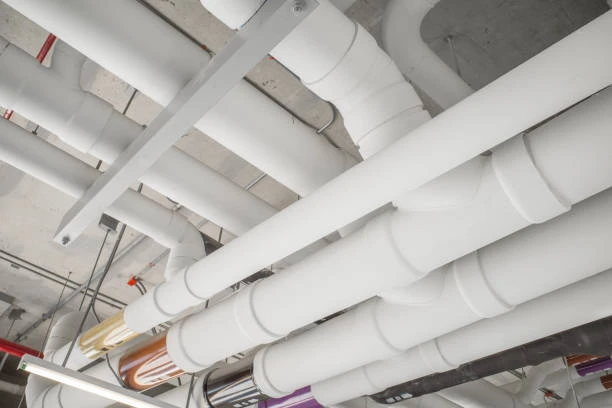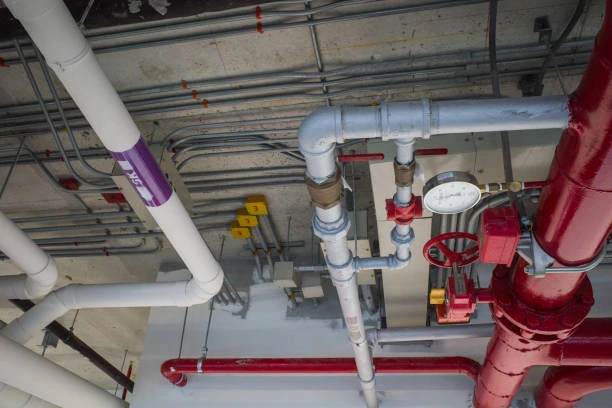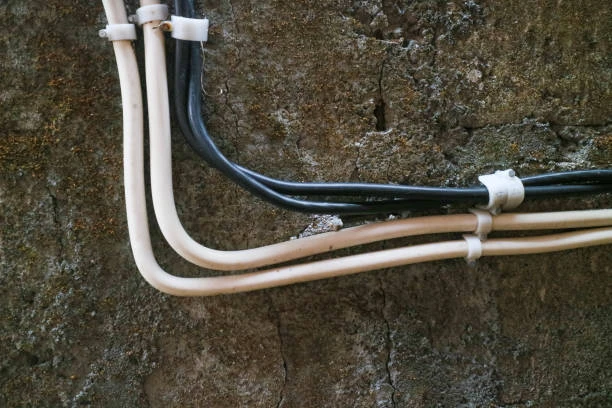Introduction
In the mining industry, fluid regulation is critical to maintaining efficient and safe operations. From water management to chemical handling and pressure control, valves play a key role in managing media flow through complex systems. Among these, copper ball valves, often used as charging valves, are essential for reliable and precise medium control.
This article explores how copper ball valves contribute to fluid regulation in mining operations. It also provides clear guidance on their selection, installation, and maintenance, and compares them with plastic alternatives, helping industry professionals make informed choices.
Frequently Asked Questions (FAQ)
1. What is a charging valve?
A charging valve is used to fill or pressurise a system with a specific medium such as water, air, or hydraulic fluid. In mining, charging valves help manage pressure levels and ensure safe fluid distribution within processing systems.
2. Why are copper ball valves suitable as charging valves in mining?
Copper ball valves are strong, corrosion-resistant, and handle high pressures and temperatures. These features make them reliable for the demanding conditions found in mining sites.
3. How do copper ball valves regulate fluid flow?
Copper ball valves use a rotating ball with a central hole to allow or block flow. A simple quarter-turn of the handle controls the medium flow with high precision.
4. Can copper ball valves be used for both liquids and gases?
Yes. Copper ball valves are versatile and compatible with a wide range of liquids and gases, including water, air, slurry, and light chemicals.
5. How long do charging valves made of copper last in industrial settings?
When properly installed and maintained, copper valves can last for decades even in harsh environments, offering excellent long-term value.
Definition and Features of Copper Ball Valves
A copper ball valve is a mechanical device used to control fluid flow through a pipeline. It works using a rotating ball with a hole through its centre. When the hole is aligned with the pipeline, fluid flows; when turned 90 degrees, flow stops.
Key characteristics include:
Quarter-turn operation for fast flow control
High resistance to corrosion, especially in acidic or mineral-heavy environments
Excellent thermal and pressure tolerance
Strong mechanical strength to withstand physical impact
Long lifespan with minimal maintenance
Reliable leak-proof performance with PTFE or similar seals
As charging valves, copper ball valves offer quick and secure system pressurisation, which is crucial during mining operations that rely on consistent fluid regulation for safety and efficiency.
Applications in the Mining Industry
In the mining sector, copper ball valves perform multiple roles across different fluid systems. Their durability and precision make them ideal in applications involving water, slurry, and various process fluids.
Common uses in mining include:
Charging systems for hydraulic equipment
Water supply lines for dust suppression and cooling
Chemical handling systems for ore treatment
Slurry flow control in processing units
Compressed air distribution for pneumatic tools
Pressure regulation in high-demand operational zones
These valves ensure controlled fluid transfer, system protection, and easy shut-off during maintenance or emergencies.
Buying Guide: Selecting Copper Charging Valves
When choosing a copper ball valve for mining applications, consider both operational requirements and environmental conditions. The following factors help ensure long-lasting performance and safety.
1. Material Grade
Use valves made from high-quality copper alloys like CW617N or DZR brass to resist corrosion caused by water or chemicals commonly present in mines.
2. Pressure and Temperature Ratings
Check that the valve matches the system’s working pressure and temperature. Mining operations may require valves rated for over 600 psi and temperatures up to 150°C.
3. Certification and Compliance
Look for products with industry-recognised certifications such as ISO, ASTM, or DIN. This ensures product reliability and compatibility with international systems.
4. Seal Type
Select valves with PTFE or EPDM seals for better chemical and temperature resistance, especially when used with aggressive media or high-pressure systems.
5. Size and Bore Type
Full bore valves allow maximum flow, while reduced bore valves may suit lower flow systems. Match the size to the specific piping system to prevent bottlenecks or turbulence.
6. Handle Design
Robust handles offer better grip and resistance in dusty or wet conditions common in mining environments. Insulated or colour-coded handles improve safety and visual control.
Installation Guidelines
Proper installation of copper charging valves is crucial to avoid leaks, maintain efficiency, and extend service life.
Follow these best practices:
Inspect and clean the pipeline before valve installation to remove debris
Align the valve properly to avoid stress or misalignment that may cause wear or leakage
Use appropriate sealing materials such as PTFE tape or approved thread sealants
Tighten connections securely but without over-torquing, which could damage threads or seals
Support piping to prevent excess strain on the valve
Test the system after installation to confirm leak-free performance
Routine inspection after installation is also important, especially in high-vibration environments like mining sites.
Copper vs Plastic Valves – Comparison Table
| Feature | Copper Ball Valve (Charging Valve) | Plastic Valve |
|---|---|---|
| Durability | Very high, withstands physical and chemical stress | Moderate, vulnerable to UV and impact |
| Pressure Tolerance | High (typically up to 600 psi or more) | Limited (often under 150 psi) |
| Temperature Range | Wide (suitable for hot or cold fluids) | Narrow (may soften under heat) |
| Chemical Resistance | Excellent with proper seal selection | Good with some media, poor with solvents |
| Installation | Requires basic plumbing tools | Lighter and easier for temporary systems |
| Service Life | Long, ideal for permanent installations | Shorter, more suitable for light-duty tasks |
| Cost | Higher upfront, better long-term value | Lower initial cost, but more frequent replacements |
In mining environments where durability and safety are priorities, copper valves are a better long-term investment despite their higher initial cost.
Conclusion
Copper ball valves, used as charging valves, are essential for fluid regulation in the mining industry. Their resilience against corrosion, pressure, and temperature makes them ideal for controlling media flow in complex and harsh environments.
From system charging to chemical flow control and equipment protection, these valves offer the durability, precision, and safety required by mining operations. Compared to plastic valves, copper options offer superior performance and longevity, which translates to greater reliability and reduced maintenance costs over time.
For any mining application involving fluid regulation or system pressurisation, copper ball valves remain a proven and professional choice.
Connect
IFAN is a Chinese manufacturer with 30 years of expertise in producing high-quality plastic and copper piping systems, including fittings and valves. Whether you need durable charging valves, copper fittings, or plastic pipe systems for mining or industrial use, IFAN has the right solution for your project.
- For more information,pls visit our webside https://waterpipefitting.com/
Pls Mailto: [email protected]
Whatsapp: +86 15088288323
We respond to your inquiries within 24 hours. You’re welcome to call or message us any time if you have questions about our product range, specifications, or lead times.
IFAN Products International Standards
IFAN products are designed and produced in strict accordance with a wide range of global standards, including:
ISO 15874, EN 15874, ASTM F2389
DIN 8077/8078, GB/T 18742, NBR 15884
ISO 15494, EN ISO 15494, GB/T 19472
ASTM 2846, DIN 8079/8080, ASTM F441/F441M SCH80
GB/T 18993, AS/NZS 1477, CSA B137.6
NSF/ANSI 14, BS 4346, ASTM D1785 SCH40/80
ISO 1452, DIN 8061/8062, JIS K6741
CSA B137.3 and other applicable national and industry norms
These standards ensure that IFAN products meet the performance, safety, and durability expectations of mining and heavy industrial applications worldwide.














Recent Comments